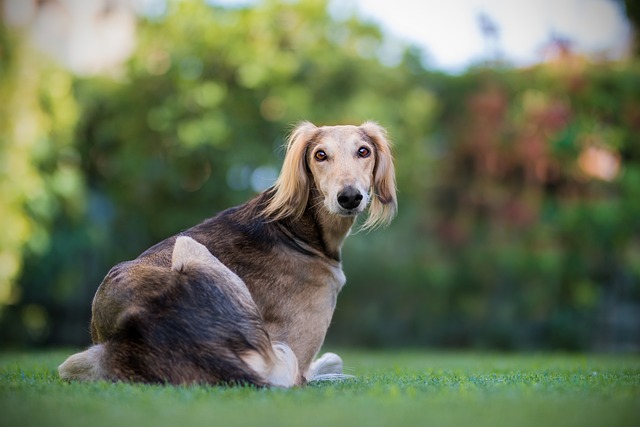
How do i train my dog to be obedient?
Watching your dog dart across the park ignoring your calls isn’t just frustrating—it can put them at risk near busy streets or public spaces.
The time spent with dogs is always filled with warmth and joy. Teaching a dog a practical and interesting skill, such as picking up things, can not only make the dog smarter and more agile but also greatly enhance the close relationship between you. Imagine that you throw a ball, and the dog runs over cheerfully, picks up the ball precisely, and brings it back to your hand. What a delightful interactive scene it is! However, training a dog to pick up things doesn't happen overnight. It requires our time, patience, and a great deal of love.
The training of dogs should be based on their natural instincts. Most dogs have the instincts of chasing and retrieving, especially some hound breeds, in which these instincts are even stronger. What we need to do is to skillfully guide and stimulate these instincts. In the initial stage of training, it is crucial to choose a quiet environment with few distractions. In a noisy environment, dogs are easily distracted and find it difficult to concentrate on learning new skills. Find a quiet corner in the house or a closed backyard so that the dog can focus on you and the training content.
Selecting the right items is the first step in training. These items should be of moderate size, neither too large for the dog to pick up nor too small to be accidentally swallowed by the dog. Soft toys, tennis balls, and specialized frisbees are all good choices. Moreover, the items preferably have a certain smell, which can better attract the dog's attention. For example, rub the toy on the dog's favorite snacks to let the toy take on the fragrance of the snacks, which can increase the dog's interest in the toy.
When starting the training, first let the dog get familiar with the item. Place the item in front of the dog, allowing it to sniff and look at it to get familiar with the smell and appearance of the item. When the dog shows curiosity about the item, starts to approach it actively, or touches it with its nose, immediately praise it and give it a small snack as a reward. In this way, let the dog establish a connection between the item and positive experiences, making it have a favorable impression of the item.
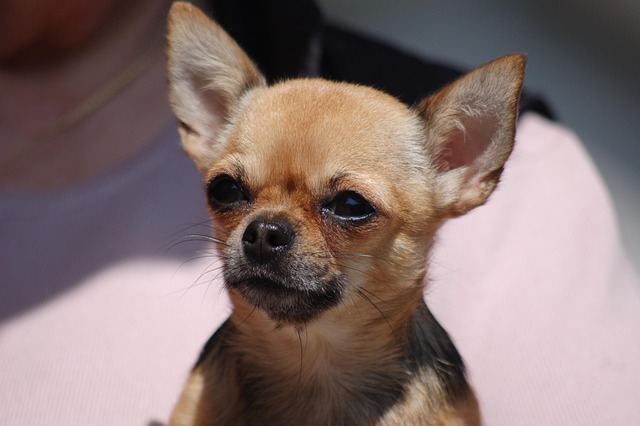 Next, it's time to guide the dog to pick up the item. Gently pick up the item, shake it in front of the dog to catch its attention, and then bring the item close to the dog's mouth. Issue the command "Pick it up" in a gentle tone. If the dog tries to bite the item, even if it just touches it lightly, immediately praise it and give it a reward. If the dog is unwilling to cooperate at first, don't force it. Instead, try again at a different time or with a different item. Forcing will only make the dog resist the training.
Next, it's time to guide the dog to pick up the item. Gently pick up the item, shake it in front of the dog to catch its attention, and then bring the item close to the dog's mouth. Issue the command "Pick it up" in a gentle tone. If the dog tries to bite the item, even if it just touches it lightly, immediately praise it and give it a reward. If the dog is unwilling to cooperate at first, don't force it. Instead, try again at a different time or with a different item. Forcing will only make the dog resist the training.
When the dog can hold the item relatively steadily, you can gradually increase the difficulty and let it learn to hold the item for a certain period. After the dog picks up the item, say "Hold it" to it in a gentle tone, and at the same time, gently support the item with your hand to help the dog fix the movement of its mouth. At the beginning, the dog may only be able to hold it for a few seconds. As the training progresses, gradually extend the time. Every time the dog successfully maintains the state of holding the item, give it enthusiastic praise and rewards.
Guiding the dog to bring the item back to you is a crucial part of the training. When the dog is holding the item, take a few steps backward, extend your hand at the same time, and issue the command "Come here" to the dog in a cheerful tone. If the dog comes towards you, praise it again when it gets close to you and give it a reward. If the dog drops the item halfway, don't be in a hurry. Go back to the previous step, guide it to pick up the item again, and then try to let it bring it back. During this process, have enough patience. The dog may need several attempts to fully understand your intention.
To strengthen the dog's memory, the training needs to be carried out regularly and continuously. Arrange 15 to 20 minutes of training time every day to avoid the dog feeling tired and bored due to overly long training sessions. Throughout the training process, always maintain a positive attitude and communicate with the dog using a loving voice and expression. The dog can keenly sense your emotions, and your enthusiasm and patience will make it more willing to cooperate with the training.
When the dog gradually masters the skill of picking up things proficiently, you can add some changes and challenges. For example, throw the item farther away and let the dog chase after it; or throw out multiple items at the same time and let the dog choose a specific item to pick up. However, note that the process of increasing the difficulty should be gradual, and don't make it too difficult for the dog, lest it lose confidence.
Training a dog to pick up things is not just about enabling it to master a skill but also a process of deep interaction and building a profound emotional bond with the dog. During this process, we can better understand the dog's behavior patterns and psychological needs, and the dog can also feel our care and guidance. Every time the dog successfully completes the command, the joy shining in its eyes and the look of expecting a reward make us feel how worthwhile our efforts are. Through patient and loving training, our dog will become more outstanding, and our relationship with it will be even closer, creating more wonderful memories together.

Watching your dog dart across the park ignoring your calls isn’t just frustrating—it can put them at risk near busy streets or public spaces.
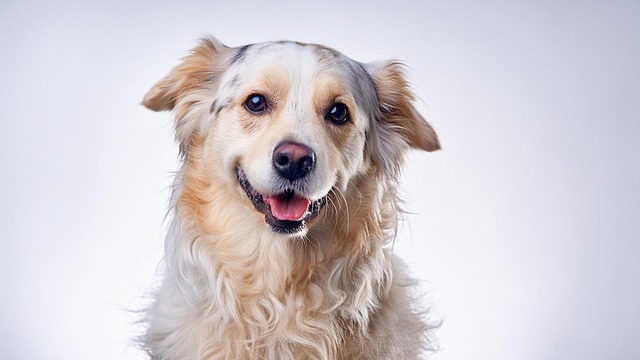
New puppy owners often find themselves rushing to clean up accidents before they set in, and that’s where puppy pad training becomes a game-changer.

If you've noticed your dog's waistline disappearing and your veterinarian has mentioned those few extra pounds, your first instinct might be to simply reduce the amount of food in their bowl.

Training a dog to use a designated spot indoors isn’t as daunting as many new owners fear, but it does take consistency and an understanding of your pet’s needs.
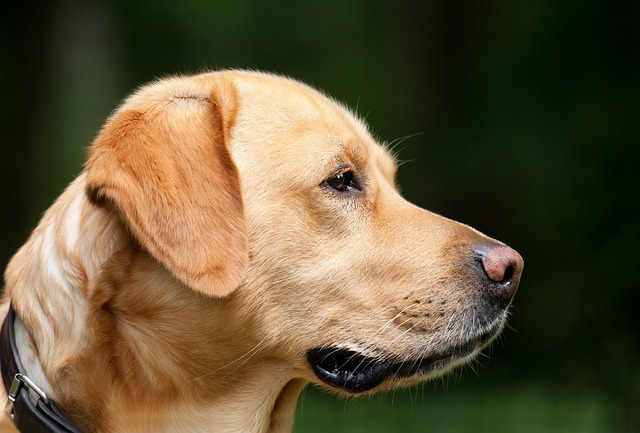
That moment of dread on a walk is all too familiar for many new dog owners. You see another dog approaching down the sidewalk of your neighborhood
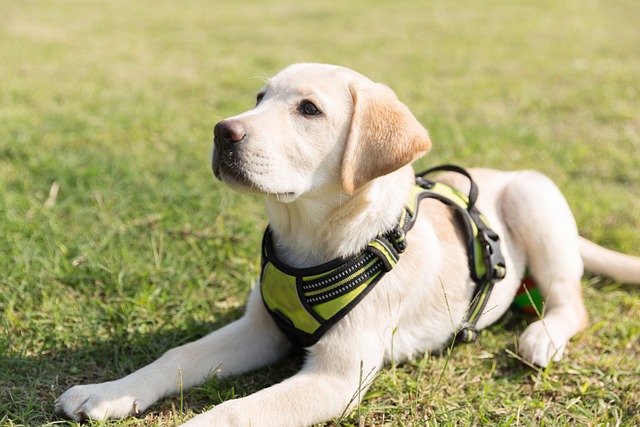
If the sight of another dog on your neighborhood walk makes your heart sink as your own dog erupts into a frenzy of barking and lunging, you're not alone.